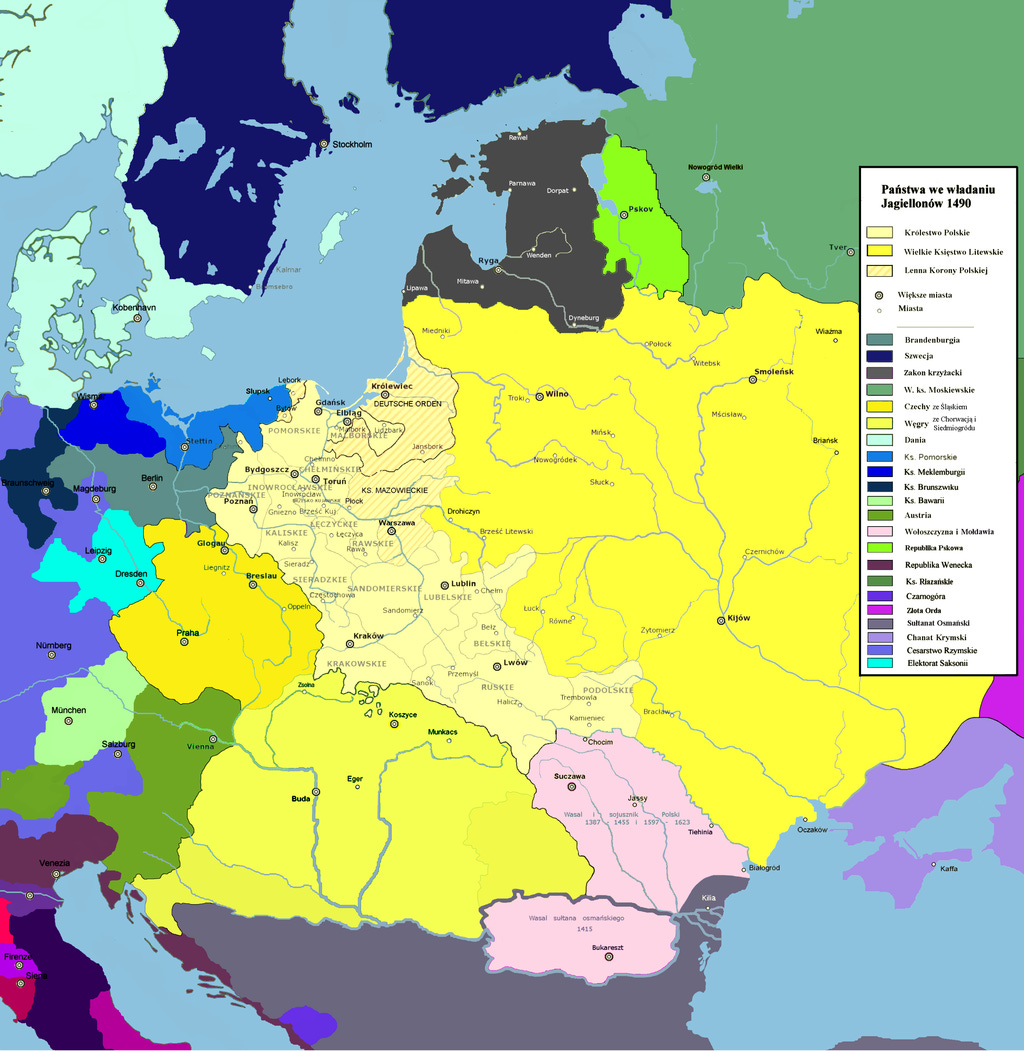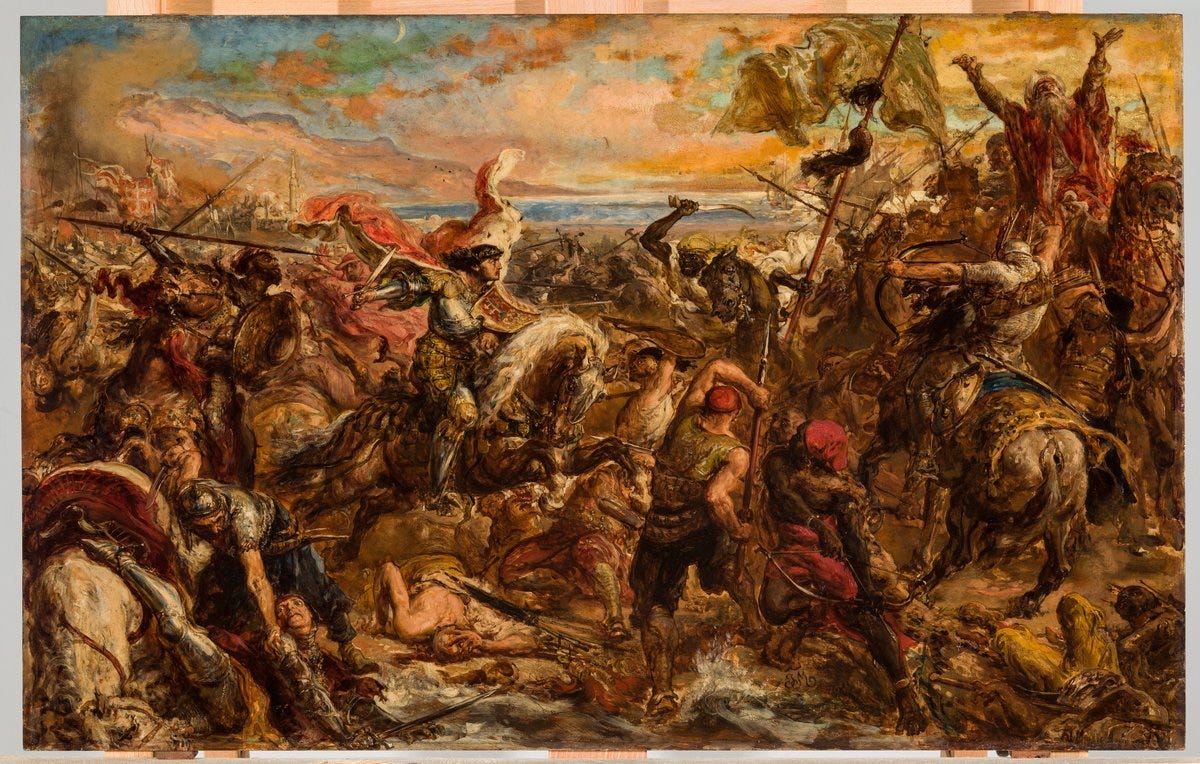The Jagiellonian Intermarium
The Jagiellonian dynasty, which ruled over Poland, Lithuania, Hungary, and Bohemia during the 15th and 16th centuries, created a vast and interconnected political entity that extended from the Baltic Sea to the Adriatic and Black Seas. This entity, though not officially named at the time, functioned as an early version of the Intermarium—a strategic and geopolitical concept aimed at unifying Central and Eastern European states to act as a buffer against the expansionist tendencies of neighboring powers such as the Holy Roman Empire and the Grand Duchy of Moscow.
The Formation of the Jagiellonian Intermarium
The foundation of this geopolitical structure was laid with the Union of Krewo in 1385, when the Grand Duke of Lithuania, Jogaila, converted to Christianity, married Queen Jadwiga of Poland, and ascended the Polish throne as Władysław II Jagiełło. This union effectively created a personal and political union between the Kingdom of Poland and the Grand Duchy of Lithuania, resulting in a vast territory that stretched from the Baltic to the Black Sea. The formalization of this relationship was later strengthened by the Union of Lublin in 1569, which established the Polish-Lithuanian Commonwealth, a dual state with a shared monarch, parliament (the Sejm), and foreign policy, though each maintained its own army, treasury, and legal systems.
This union was not merely a dynastic arrangement but a strategic response to the external threats posed by the Teutonic Order in the west, the Grand Duchy of Moscow in the east, and the Ottoman Empire in the south. By creating a unified front, the Jagiellonians were able to project power across a vast region and check the ambitions of their rivals.
Expansion into Hungary and Bohemia
The Jagiellonian influence extended further when Władysław II Jagiełło's grandson, Władysław III, was elected King of Hungary and Croatia in 1440. This was a critical moment in Central European history, as it placed the Kingdom of Hungary within the orbit of the Jagiellonian dynasty, effectively expanding the influence of the Polish-Lithuanian union into the heart of Europe.
The Battle of Varna in 1444, where Władysław III was killed while leading a crusade against the Ottoman Empire, temporarily disrupted Jagiellonian control over Hungary. However, the dynasty's influence was reasserted when Władysław II Jagiello's great-grandson, Władysław II of Hungary, ascended to the Hungarian and Bohemian thrones in 1490. This period marked the peak of Jagiellonian territorial control, with a vast swath of Central Europe under the rule of a single dynasty.
The inclusion of Hungary and Bohemia into the Jagiellonian sphere was solidified by strategic marriages, such as the marriage between Władysław II of Hungary and Anne of Foix-Candale, which strengthened ties with Western European powers and the Habsburgs. The political landscape of Central Europe was profoundly influenced by these unions, which allowed the Jagiellonian dynasty to establish a significant power bloc.
Keep reading with a 7-day free trial
Subscribe to The Warsaw Express to keep reading this post and get 7 days of free access to the full post archives.







